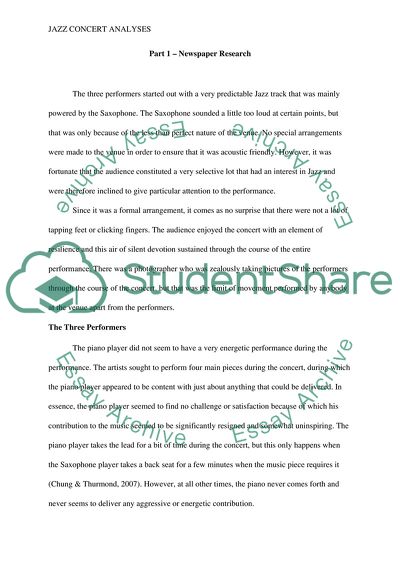Cite this document
(Jazz Concert Analyses Essay Example | Topics and Well Written Essays - 2500 words, n.d.)
Jazz Concert Analyses Essay Example | Topics and Well Written Essays - 2500 words. https://studentshare.org/music/1836089-jazz
Jazz Concert Analyses Essay Example | Topics and Well Written Essays - 2500 words. https://studentshare.org/music/1836089-jazz
(Jazz Concert Analyses Essay Example | Topics and Well Written Essays - 2500 Words)
Jazz Concert Analyses Essay Example | Topics and Well Written Essays - 2500 Words. https://studentshare.org/music/1836089-jazz.
Jazz Concert Analyses Essay Example | Topics and Well Written Essays - 2500 Words. https://studentshare.org/music/1836089-jazz.
“Jazz Concert Analyses Essay Example | Topics and Well Written Essays - 2500 Words”. https://studentshare.org/music/1836089-jazz.


